Tired of Google’s grip on your data? After switching to Linux, I found the perfect self-hosted app to replace Google Drive, Photos, Calendar, Docs, and more, all on my terms. Here’s how I took back control of my privacy and my data.
When I first made the jump to Linux, I felt like I’d taken a huge step toward digital independence. No more forced updates, no more invasive telemetry, no more bloated systems doing who-knows-what in the background. But even after switching operating systems, I was still deeply tied to something I wasn’t comfortable with: Google.
My emails, calendar, photos, documents, and even to-do lists were all locked into Google’s ecosystem. Sure, I was running Linux now, but Google still had a stranglehold on all of my data, public and private.
Why I Wanted to Ditch Google
The products and services are not the problem. There’s no doubt that Google makes excellent products. They’re smooth, convenient, and they all talk to each other like magic. But that convenience comes at a cost—your data. Everything you do is tracked, stored, analyzed, and often used to build a profile for advertising.
Plus, there’s the issue of control. If Google decides to shut down a service (remember Google Reader? Google Plus?), you’re out of luck. And let’s not forget account suspensions or data access issues. They’re rare, but devastating when they happen.
I wanted to own my data. I wanted a cloud that was truly under my control. That’s when I came upon Nextcloud.
Your Own Personal Cloud on Your Terms
In simple terms, Nextcloud is a self-hosted, open-source alternative to Google’s suite of services. It gives you file syncing, document editing, photo management, calendars, notes, and a whole lot more, all 100% under your control.
I set it up on a modest home server running Ubuntu Server and installed Nextcloud as a Snap package. In less than an hour, I had my own personal cloud up and running—no third-party servers, no data collection, no subscriptions.
But the real magic happened once I started exploring what Nextcloud could actually do.
Here’s how I replaced nearly every Google service with Nextcloud and didn’t look back.
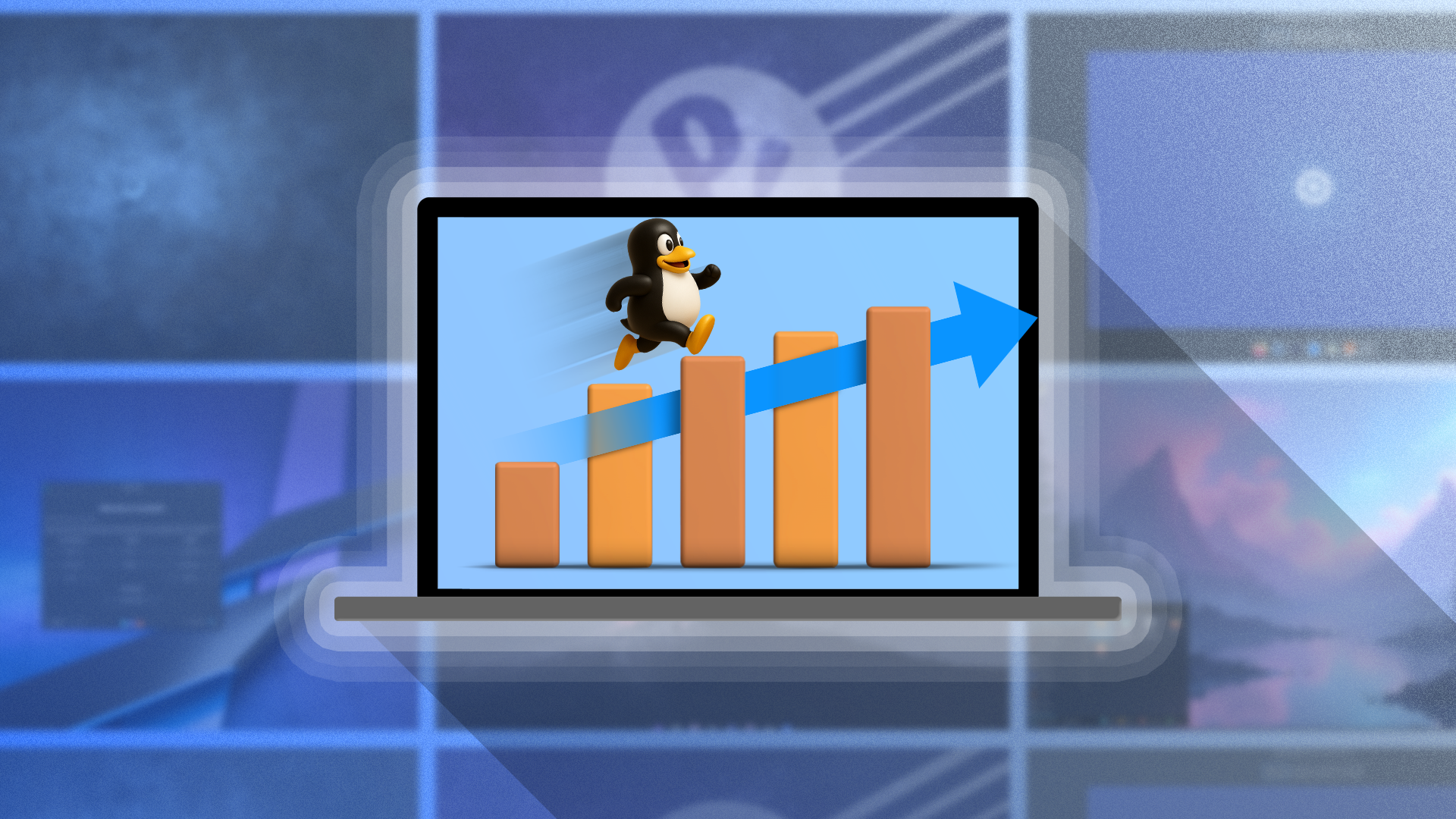
Related
These Are My Top 6 Linux Distros for Running a Server
Yes! You can set up your own Linux server. Here’s how!
Google Drive Replacement: Nextcloud Files
Nextcloud’s file system works just like Google Drive, with desktop and mobile apps for automatic sync. You can create public or private share links, control permissions, and even recover older versions of files. Encryption? It’s built in.
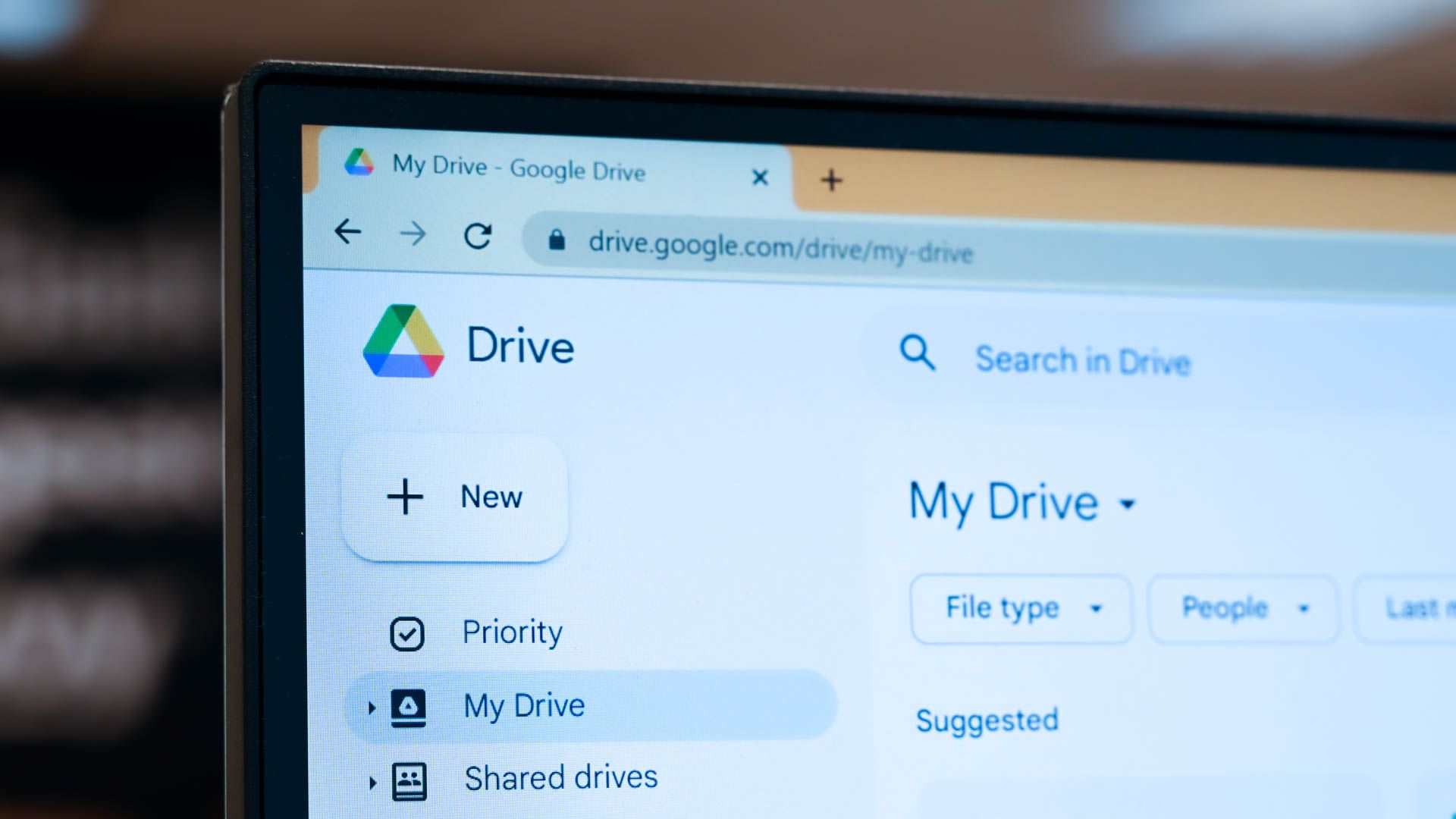
Related
6 Linux Replacements for Google Drive
Here are 6 alternative solutions to Google Drive that provide full Linux support!
Google Photos Replacement: Nextcloud Photos + Facial Recognition
This was the big one for me. I have thousands of photos and videos, and I didn’t want them stuck on someone else’s server forever.
Nextcloud’s Photos app is surprisingly solid. It has timeline views, albums, tagging, and thanks to community plugins like “Recognize” or “Memories”, even facial recognition. That’s right, you can auto-tag faces in your own private photo library without ever sending your pictures to Google’s AI. It’s not quite as polished, but it’s private, and it works.
And yes, you can auto-upload photos from your phone using the Nextcloud app just like Google Photos.
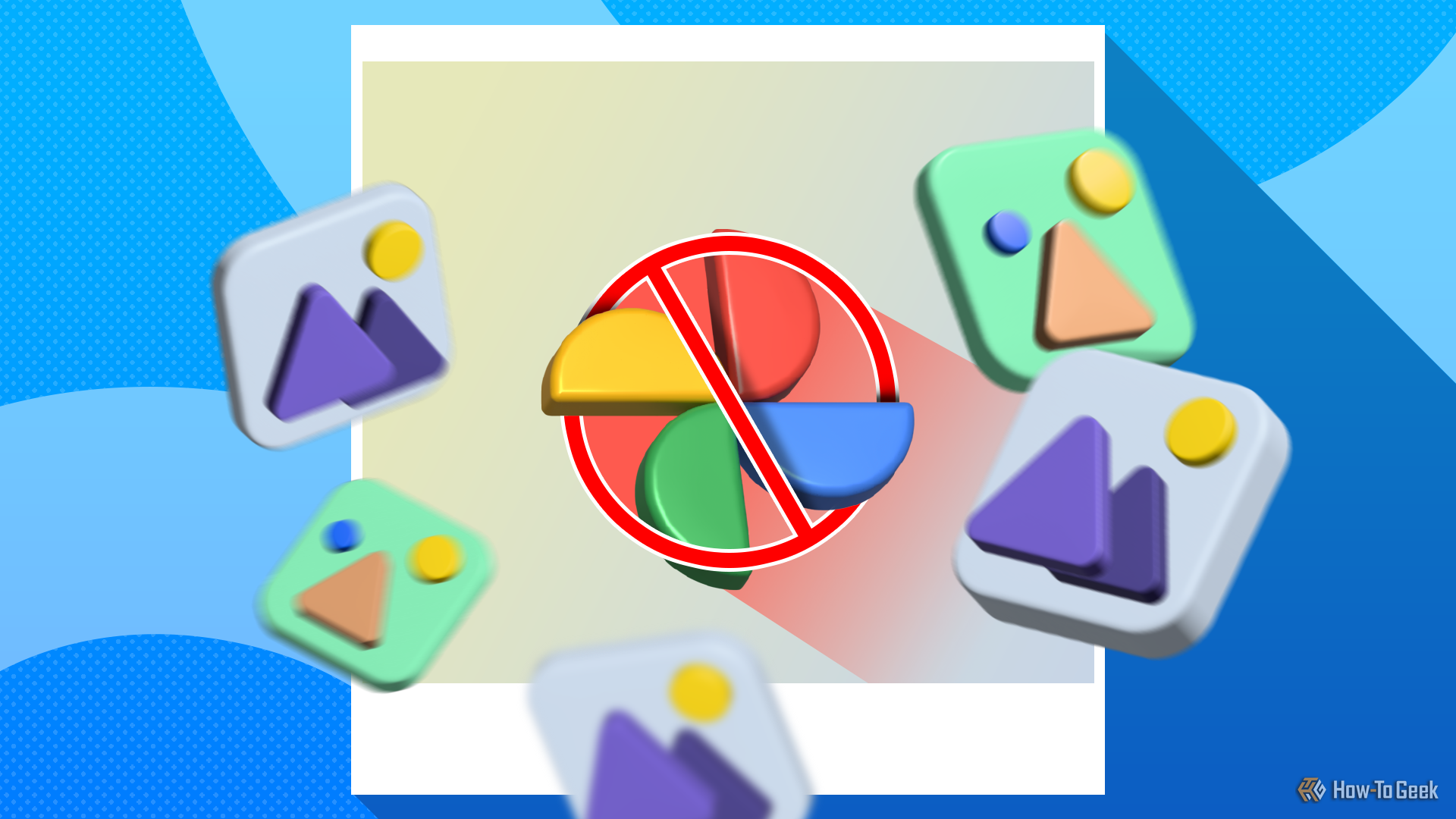
Related
How I Ditched Google Photos and Built My Own Photo Server
Goodbye Google.
Google Calendar Replacement: Nextcloud Calendar
The built-in calendar app integrates beautifully. It supports WebDAV, so you can sync it with Thunderbird, Android (using DAVx⁵), or your favorite Linux calendar app. You can share calendars, set reminders, and even create public read-only views. It just works.
Google Docs/Sheets Replacement: ONLYOFFICE
Yes, you can edit documents, spreadsheets, and presentations right in Nextcloud. I opted for ONLYOFFICE integration. (Using Collabora Online is another available option.) I can share, collaborate, and work with documents in my browser or with the ONLYOFFICE desktop apps. I can do everything I used to do with Google’s office apps.
It’s not quite as slick as Google Docs, but it’s more than usable and you’re not handing over your content to an ad company.
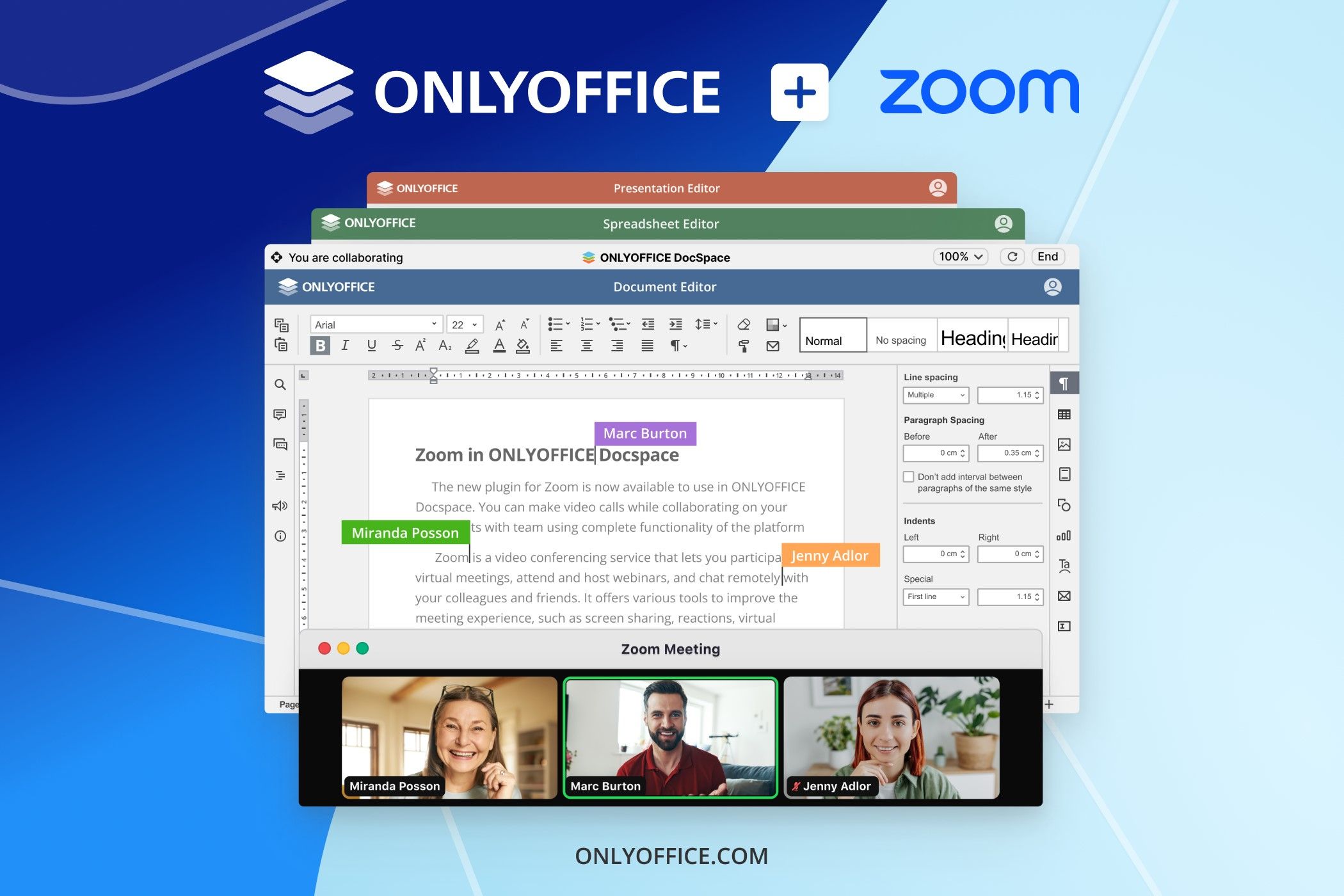
Related
Collaborate Better Thanks to ONLYOFFICE DocSpace’s Zoom App
This post is sponsored by ONLYOFFICE.
Google Keep Replacement: Nextcloud Notes
If you like taking quick notes or organizing thoughts, the Notes app is perfect. It supports markdown, tagging, and syncs across devices. It’s the perfect tool to help you keep track of the little things you’d forget otherwise.
For power users, you can also integrate Joplin, which gives you a full-featured note-taking app with encryption and web clipper support. I don’t need it (yet), but it’s nice to know it’s there if I change my mind.
Google Gmail Replacement: Nextcloud Mail + Your Own Domain
If you’re running your own email server or using a privacy-focused provider like Mailbox.org or ProtonMail Bridge, the Mail app lets you manage it right inside Nextcloud. It’s a basic webmail client, but clean and functional.
I’m still using a third-party provider for email, but having access to it through Nextcloud keeps everything organized and available in the same place.
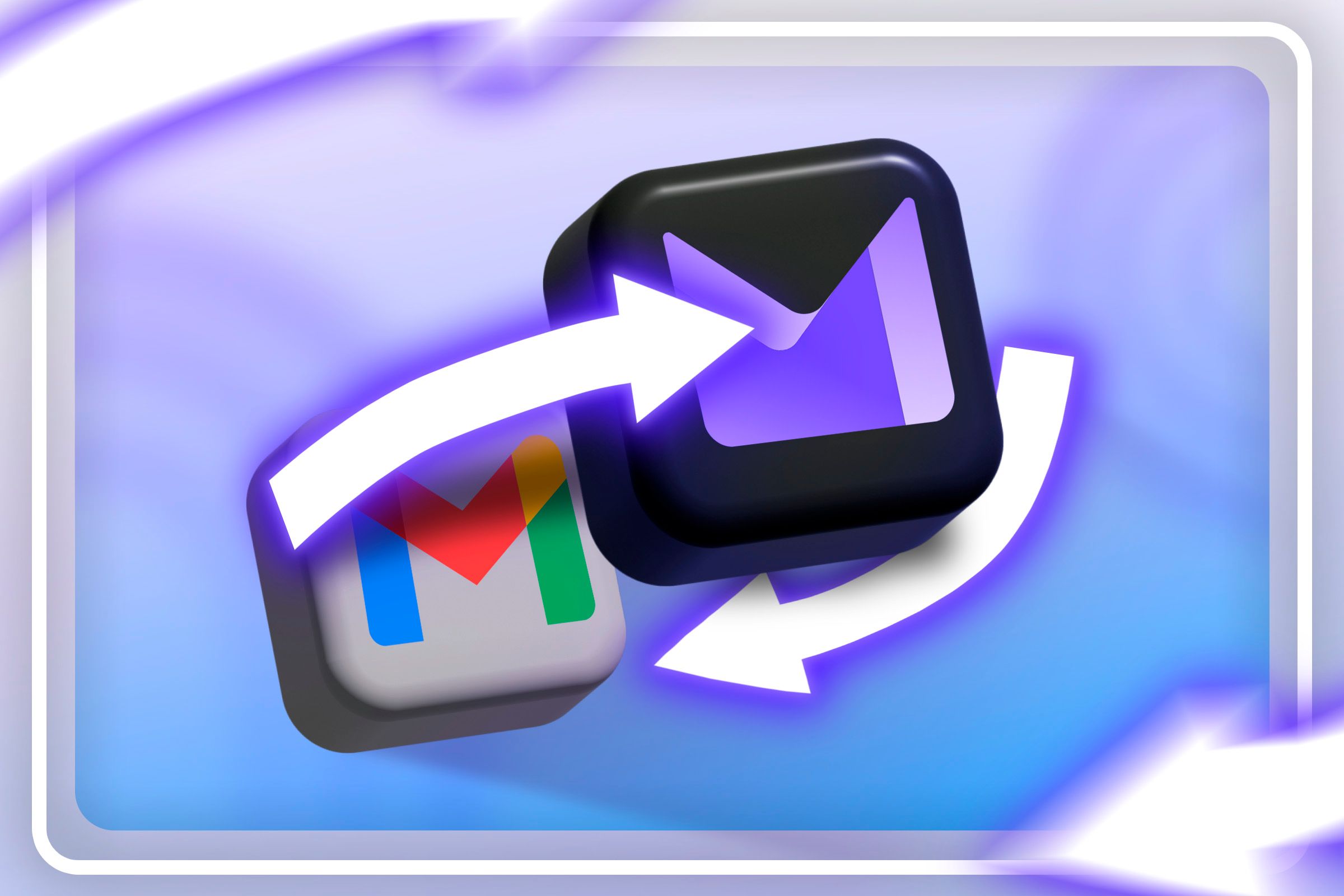
Related
How to Switch From Google to Proton
Want to de-Google your cloud life?
Syncing contacts is as simple as enabling the Contacts app and connecting it to your phone or desktop using DAVx⁵. You get grouping, tagging, search, and clean management of all your contacts with no ads, no weird suggestions, and no mystery duplicates.
Other Benefits of Nextcloud
Aside from just replacing Google in your life, Nextcloud also gives you other benefits such as:
- Total control over backups and storage locations of your data
- Add-on apps for tasks, bookmarks, chat, RSS, and loads more
- Federation support, so you can connect with other Nextcloud users
- A modern web UI that doesn’t feel outdated or clunky
- You’ll learn more about servers, hosting, and data security
- No worries about account theft, suspension, or other lockouts
And the Downside?
Okay, so it’s not all sunshine and roses. The do-it-yourself approach does have some caveats—but surprisingly few.
Setting up Nextcloud takes a bit of tech know-how. If you’ve installed Linux, you’ll probably be fine. You will, however, need to be comfortable with occasional troubleshooting, software updates, and maybe tweaking config files.
There’s also the issue of hosting. You’ll either need a home server, a VPS, or a trusted hosting provider. I set everything up on an old PC I wasn’t using anymore. It works fine for my needs, but your mileage may vary.
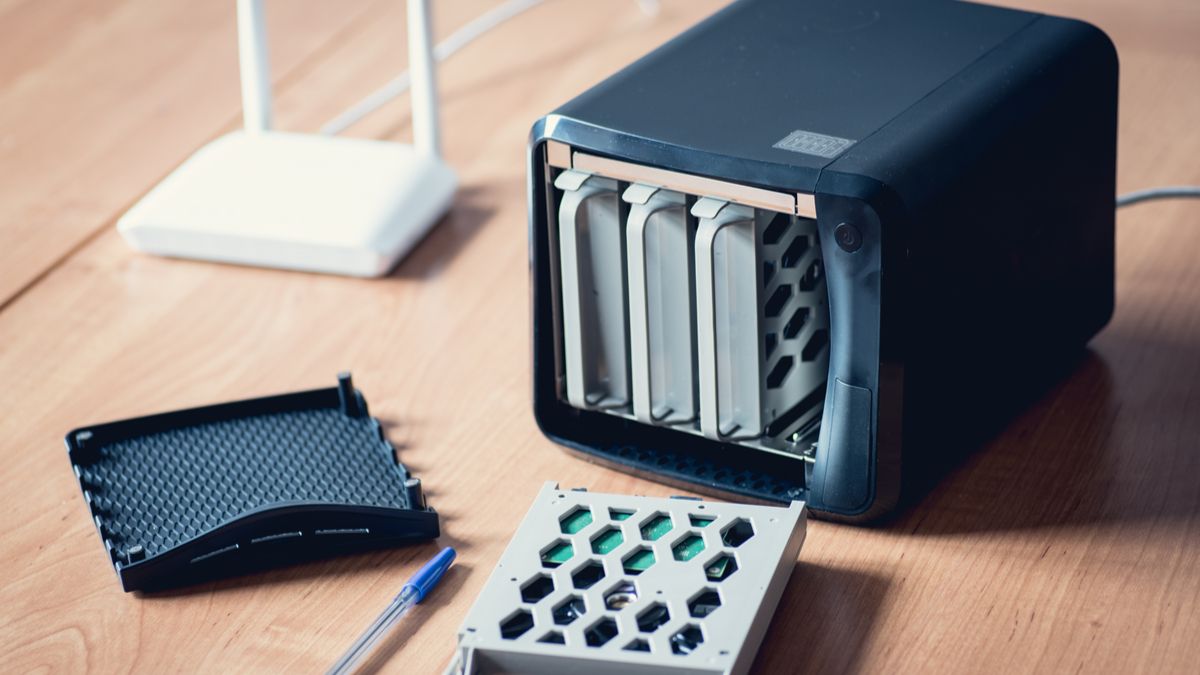
Related
Here’s Why Self-Hosting a Server Isn’t a Good Idea
Hosting your own server is more complicated than you might think.
Finally, not every app is as polished as Google’s. Sometimes you’ll miss that slickness or seamless integration. But if you value privacy and control more than a sleek UI, it’s a small trade-off.
If you’ve already made the leap to Linux, chances are you care about freedom, transparency, and owning your tech. Nextcloud is the natural next step, and you can get started by following Nextcloud’s installation instructions.
It helped me leave behind the walled garden of Google without giving up the convenience I’d grown used to. I still get synced photos, shared documents, calendar alerts, and cloud backups—but now, it’s my data, on my cloud, on my terms.
And once you’ve tasted that kind of control, it’s hard to go back.


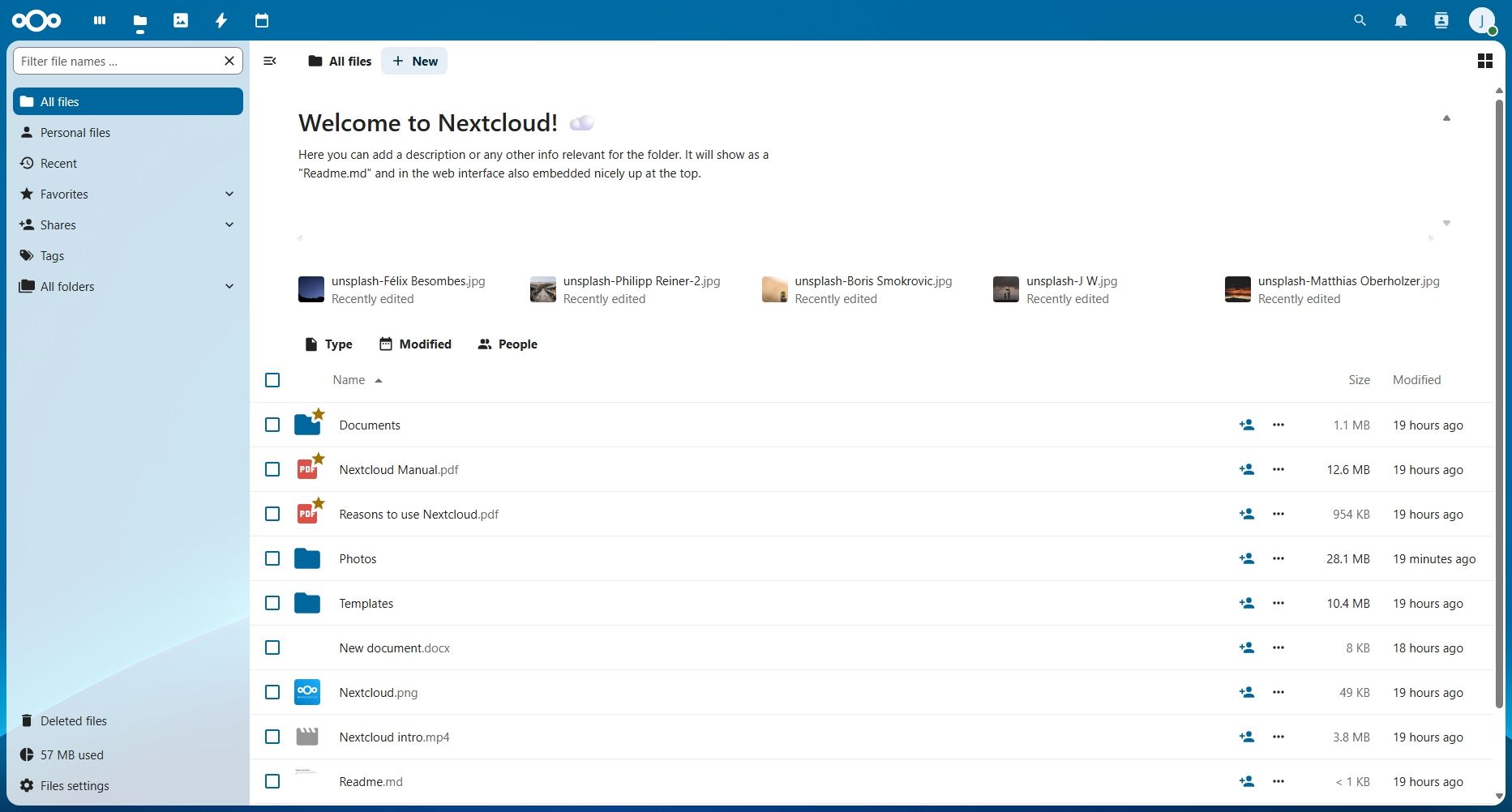

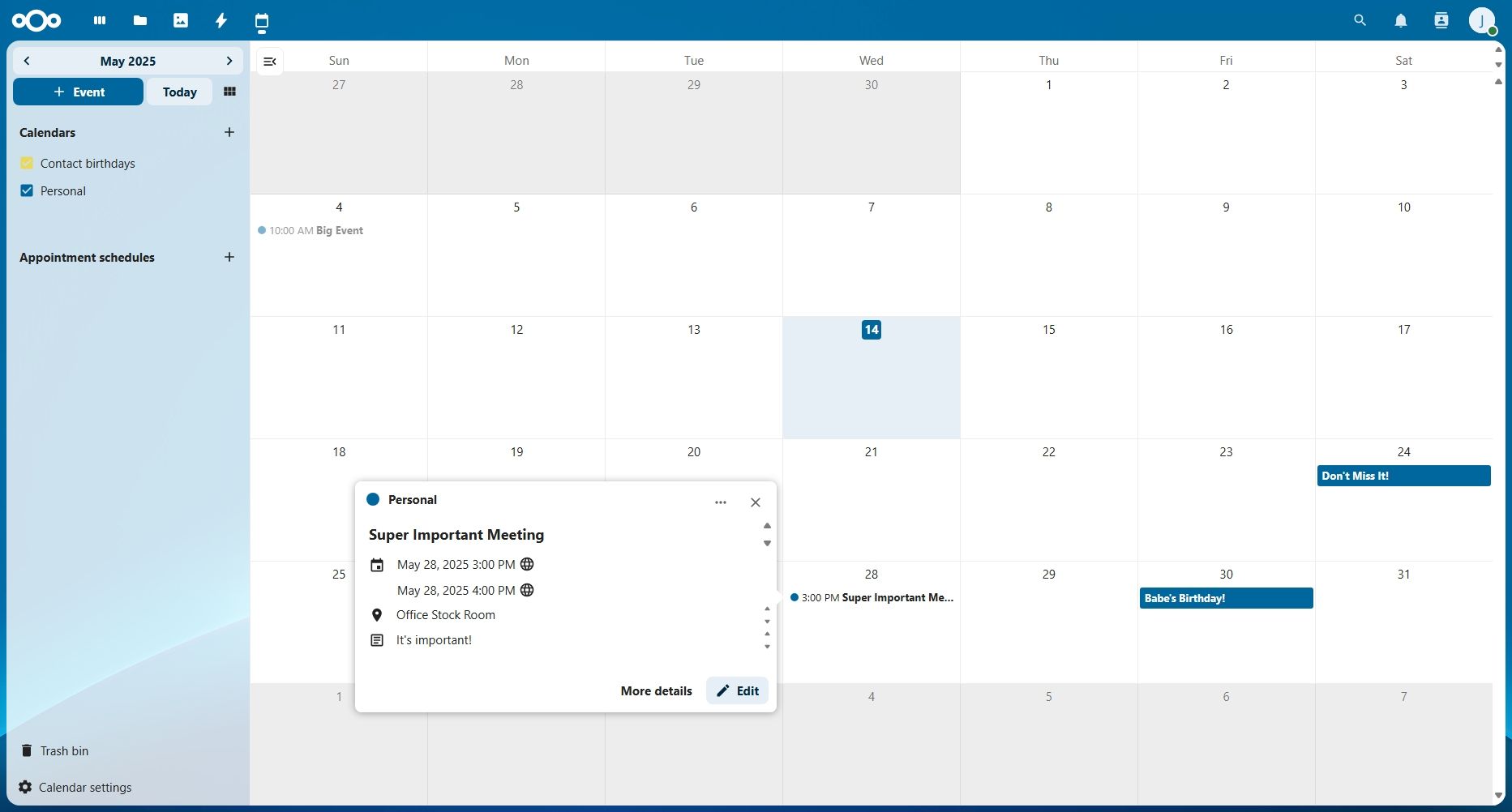
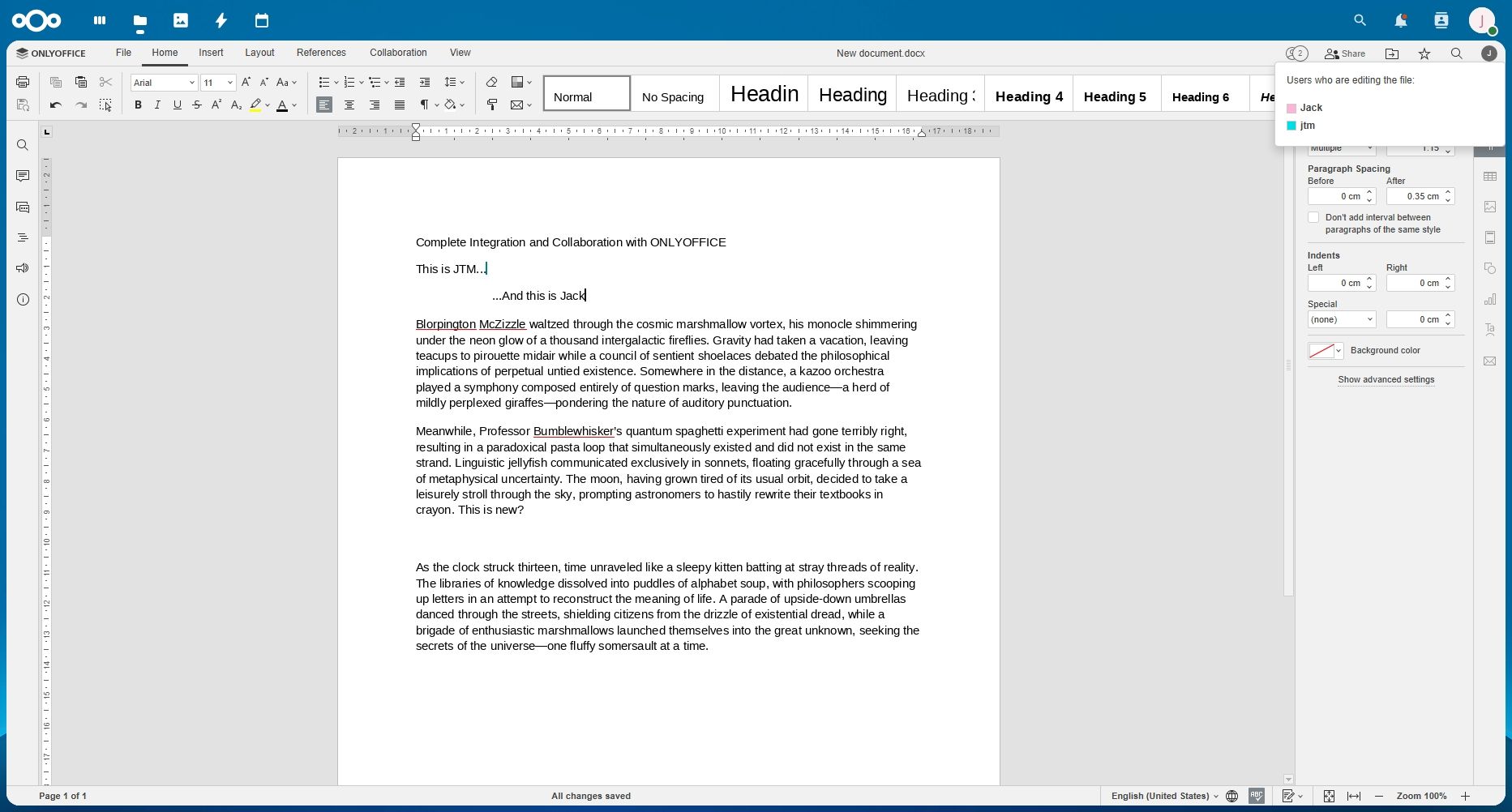
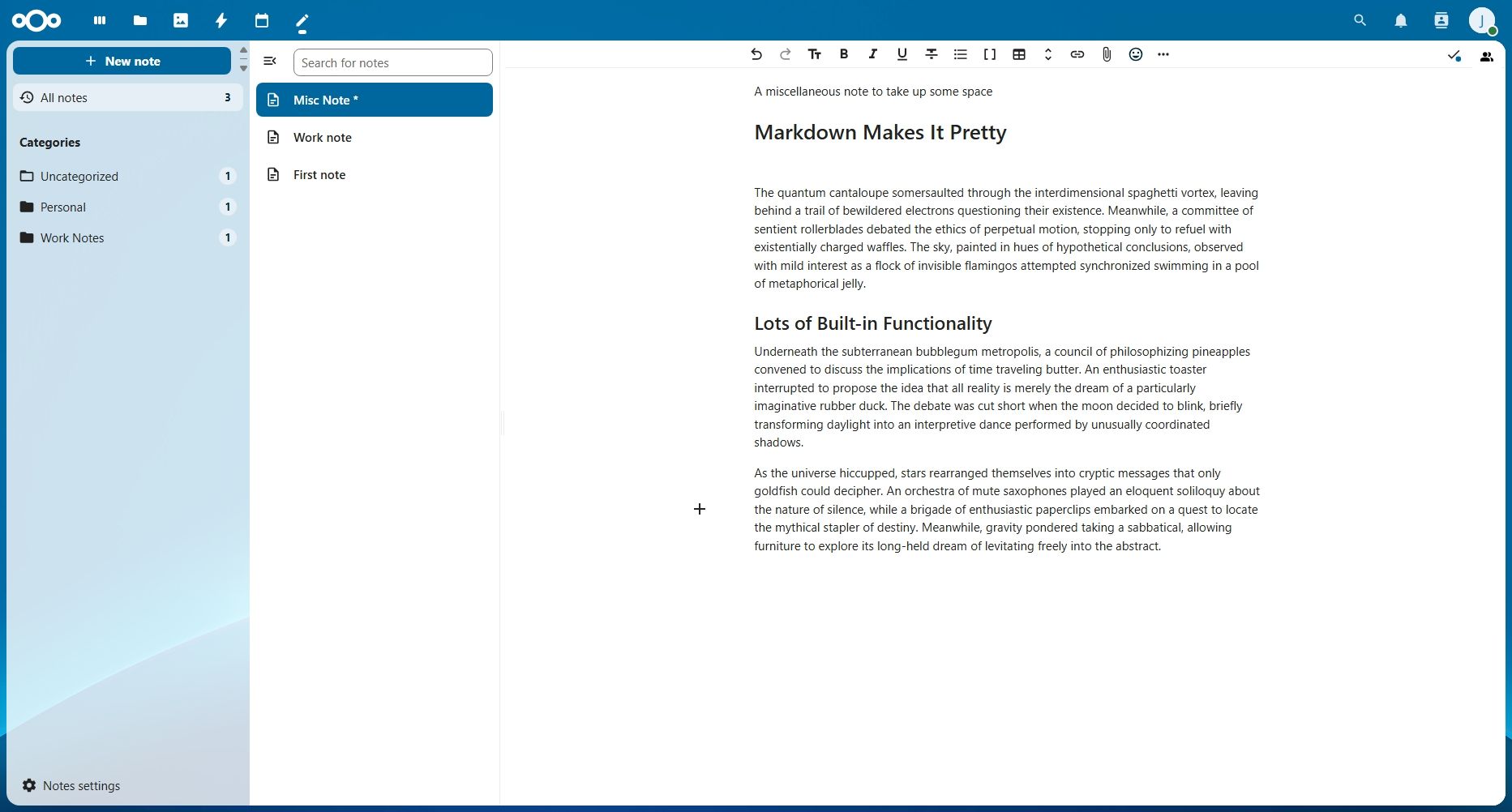
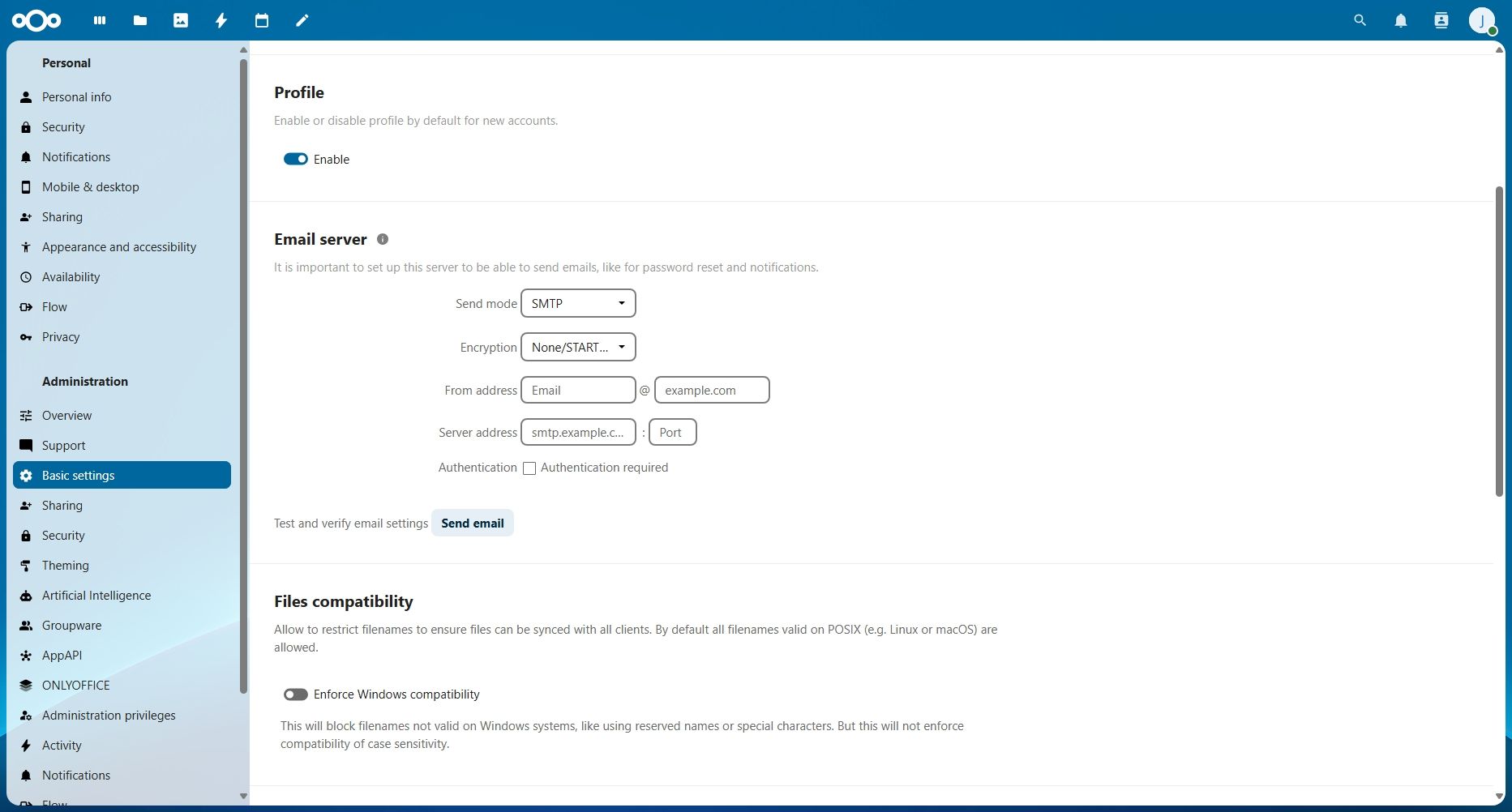
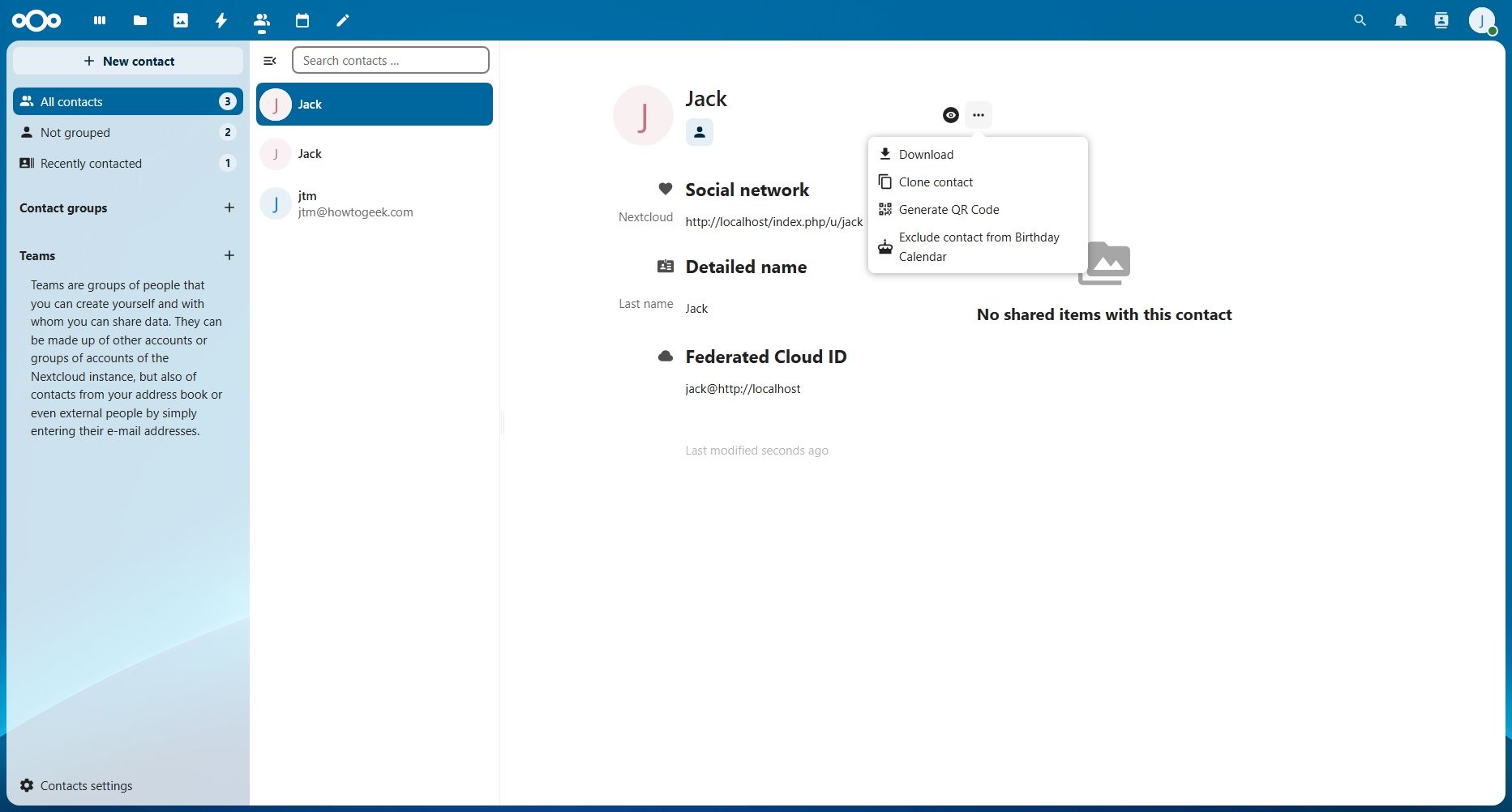





Leave a Comment
Your email address will not be published. Required fields are marked *